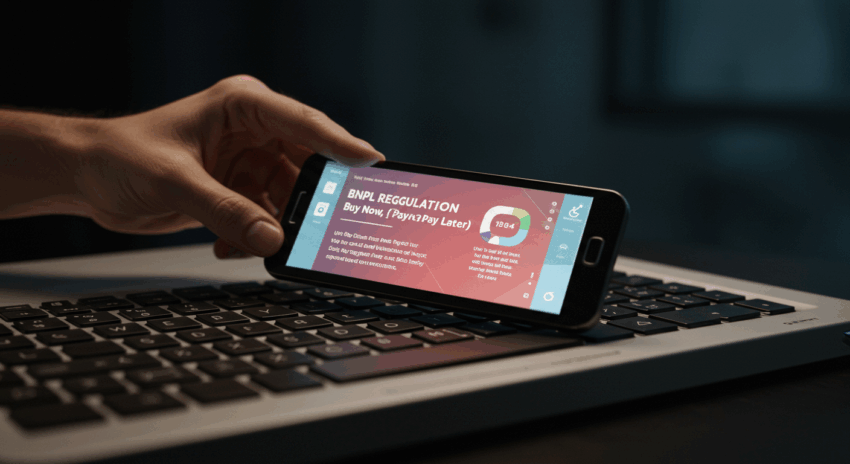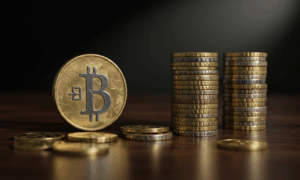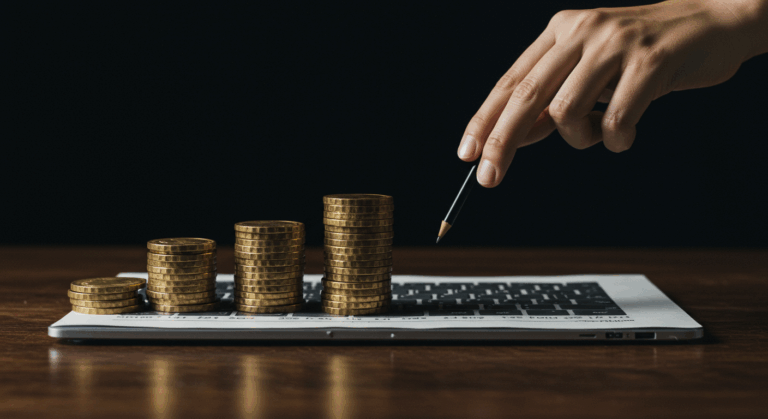New Regulations for Buy Now, Pay Later: What You Need to Know About Your Rights
The Buy Now, Pay Later (BNPL) option at checkout has exploded in popularity, becoming a common sight next to the traditional credit and debit card fields. It offers a tempting proposition: get your purchase now and spread the cost over several interest-free installments. But what happens when the product you receive is faulty, or never arrives at all? Until recently, consumers using these services found themselves in a regulatory gray area with fewer protections than credit card users. That’s all changing, thanks to a significant new development in Buy Now, Pay Later regulation that promises to give you, the consumer, more power and security.
This article will break down what BNPL is, what the old landscape looked like, and exactly how these new rules will impact the way you shop. We’ll explore the new rights you have and what this means for the future of these convenient payment methods. Understanding these changes is crucial for anyone who uses or is considering using these point-of-sale installment loans.
First, What Exactly is Buy Now, Pay Later?
At its core, Buy Now, Pay Later is a form of short-term, interest-free credit. When you choose a BNPL option at checkout for, say, a $200 pair of headphones, a third-party company (like Klarna, Afterpay, or Affirm) pays the retailer on your behalf. You then repay that company in a series of fixed installments, most commonly four payments of $50 over six to eight weeks.
The appeal is obvious:
- Instant Gratification: You get the item immediately without paying the full price upfront.
- Budgeting Tool: It can help manage cash flow by breaking a large purchase into smaller, more manageable chunks.
- Often Interest-Free: Most BNPL plans don’t charge interest, provided you make your payments on time. Their revenue often comes from merchant fees.
Because of this convenience, BNPL services became a go-to payment method for millions, especially for online shopping. However, their rapid growth outpaced consumer protection laws, leaving users with significant gaps in their rights compared to traditional payment methods.
The Wild West Era: Consumer Risks Before the New Rules
Previously, BNPL providers were not classified in the same way as credit card companies under federal law. This distinction, while seemingly technical, had major real-world consequences for consumers. If you paid with a credit card and had an issue, you were protected by the Truth in Lending Act, which grants you the legal right to dispute charges for unresolved issues.
With BNPL, these protections were not guaranteed. Imagine this common scenario:
You buy a designer dress online for $400 using a BNPL service. The dress that arrives is a cheap counterfeit. You contact the retailer, but they are uncooperative and refuse a refund. Under the old system, you were still legally obligated to continue making your installment payments to the BNPL provider. Your dispute was with the merchant, and the BNPL company’s stance was often that they simply provided the financing and were not responsible for the quality of the goods. Stopping payments could lead to late fees and negative reports to credit bureaus, leaving you out of pocket and with a damaged credit history.
This lack of a formal, legally-backed dispute resolution process was the biggest risk for consumers. You were essentially relying on the goodwill of the BNPL company’s customer service policy rather than on federally mandated rights.

The Game Changer: The CFPB Levels the Playing Field
Recognizing this consumer vulnerability, the U.S. Consumer Financial Protection Bureau (CFPB) has stepped in. The agency has issued an interpretive rule that classifies BNPL lenders as credit card providers. This single move places them under the umbrella of existing consumer protection laws and grants BNPL users many of the same rights as traditional credit card holders. This is a monumental shift for the industry.
So, what does this new financial product regulation actually change for you? Here are the three core protections you now have:
- The Right to Dispute Charges: This is the most critical change. If you have a problem with a purchase—for example, the item was not as described, was damaged, or never shipped—you can now formally dispute the charge with the BNPL provider. The provider is legally required to investigate your claim and pause your payment obligations while they do so. You are no longer on the hook for payments for goods or services you didn’t satisfactorily receive.
- The Right to a Refund: If you return an item to a retailer or cancel a service, the BNPL lender must credit the refund to your account. This prevents situations where a consumer has returned a product but is still being charged installments, a common complaint under the old system. The process should now work as seamlessly as it does with a credit card refund.
- The Right to Clear Billing Statements: BNPL providers will now be required to provide clear, transparent, and periodic statements detailing your obligations, payments made, and any fees incurred. This helps consumers better track their spending and avoid unexpected charges.
What This Means for You as a Consumer
In short, using a BNPL service is now significantly safer. These new regulations transform Buy Now, Pay Later from a convenient but risky option into a more reliable and trustworthy tool. You can now make purchases with the confidence that you have strong, legally-enforced protections if something goes wrong.
This change empowers you to hold both the merchant and the lender accountable. It makes BNPL a more mature and integrated option within the broader ecosystem of financial products available today. While this is a huge step forward for consumer rights, it’s important to remember that the core principles of responsible spending still apply. BNPL makes it easy to acquire items, but it is still a form of debt. It’s crucial to only commit to payment plans that you are confident you can afford to avoid late fees and financial strain.
The Bigger Picture: Impact on the Fintech Landscape
This regulatory shift is a landmark event in the world of modern finance. It signals that regulators are catching up with the rapid innovation in the financial technology (fintech) space. By bringing BNPL providers under the same rules as credit card companies, the CFPB is leveling the playing field and ensuring that all credit products, regardless of their form, offer a baseline standard of consumer protection.
This may lead to some changes from the BNPL providers themselves. They will need to invest in compliance, dispute resolution teams, and more detailed billing systems. Whether these costs will be passed on to merchants or consumers remains to be seen, but the immediate benefit of enhanced security is a clear victory for the public. It establishes a new standard of care and responsibility for one of the fastest-growing sectors in consumer finance.
Disclaimer: The information provided in this article is for educational and informational purposes only and does not constitute financial or investment advice. You should consult with a qualified professional before making any financial decisions.
Frequently Asked Questions (FAQ)
Does this new rule mean my Buy Now, Pay Later payments will now help build my credit score?
This is a great question. The new CFPB rule focuses primarily on consumer protections like disputes and refunds, and does not explicitly mandate that BNPL providers report your payment history to the major credit bureaus (Equifax, Experian, and TransUnion). However, the industry is already moving in that direction. Some of the larger BNPL companies have started to voluntarily report payment data. This new regulation, which formalizes BNPL as a credit product, is likely to accelerate that trend. For now, you should check the specific policy of your BNPL provider to see if they report to credit bureaus.
Are all types of installment loans covered by this new regulation?
The CFPB’s interpretive rule is specifically aimed at the most common type of BNPL, often called “pay-in-four” loans, which are made at the point of sale. The rule applies to lenders who issue a “digital user account” that consumers use to access credit. This effectively covers the major players in the BNPL market. While it may not cover every single type of niche installment loan, it addresses the dominant model that millions of consumers use every day, ensuring the most widespread form of BNPL now comes with robust protections.





